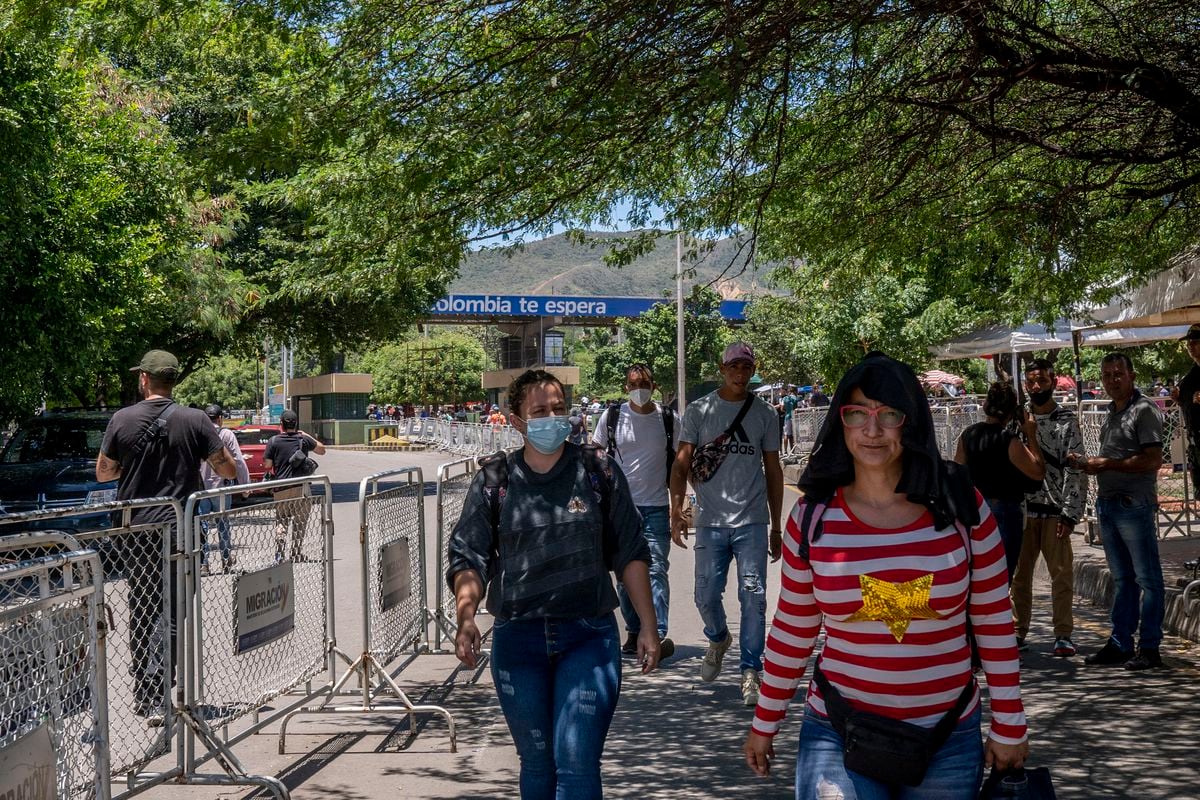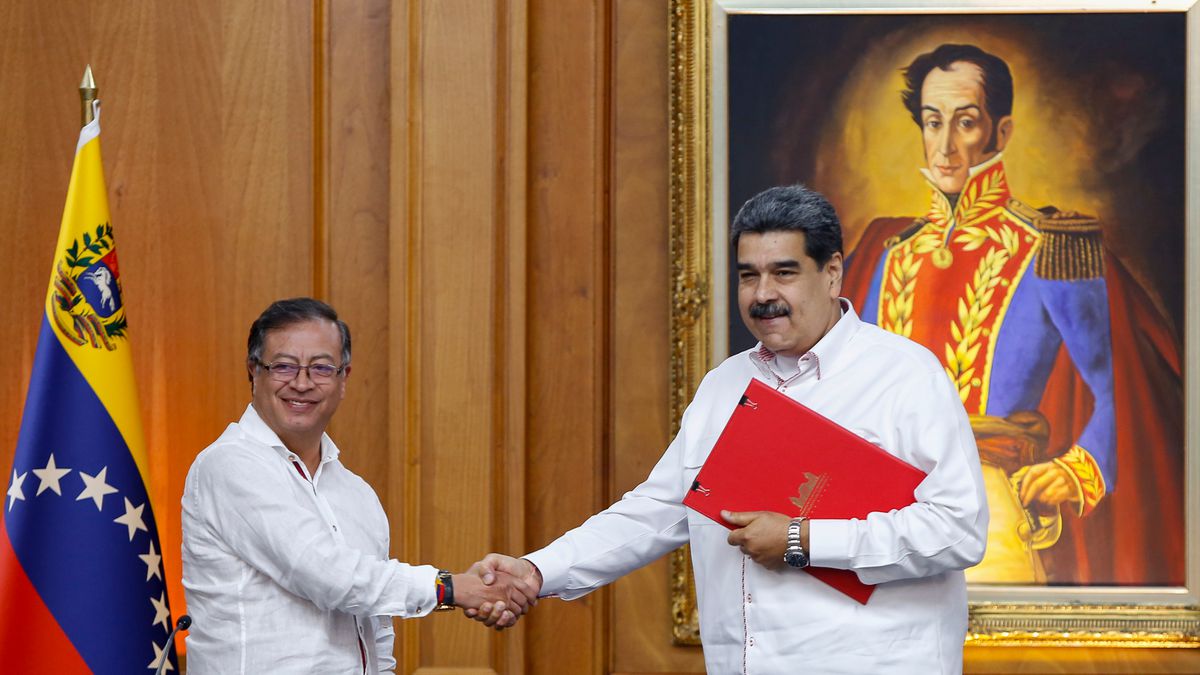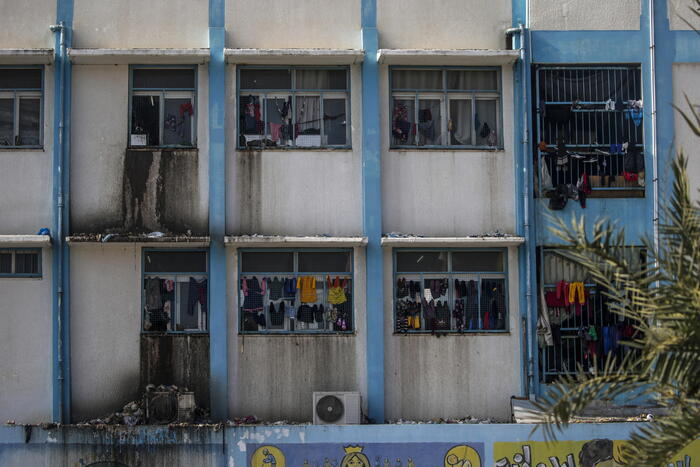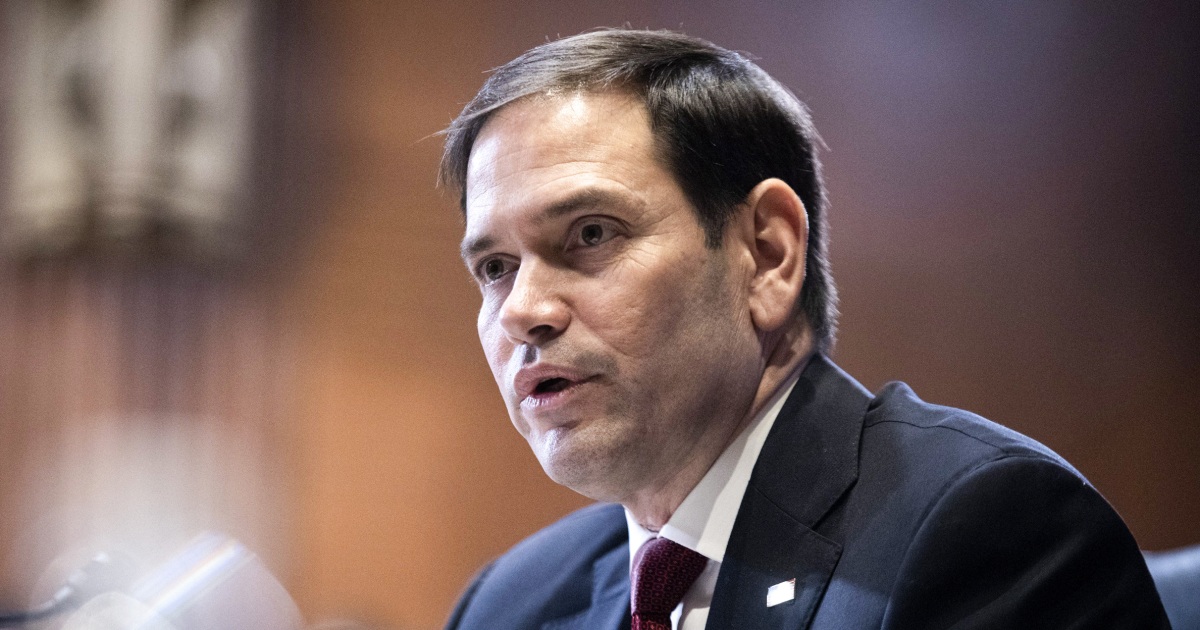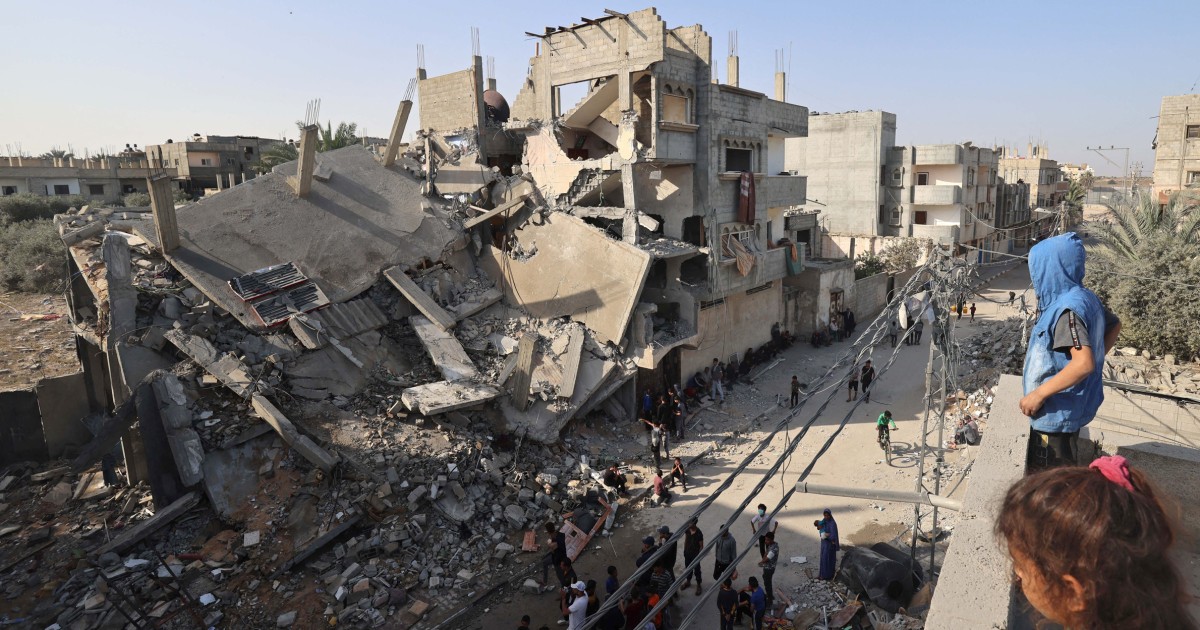The brown car of the Santa Rita Funeral Home moves slowly, in reverse, in the midst of the crowd and the fences of the immigration authorities.
It only reaches the middle of the Simón Bolívar International Bridge, the main border crossing between Colombia and Venezuela, and stops right at the point where the structure of the railings changes, marking the formal boundary between the two countries.
After long minutes of waiting, the white van from Funerales San Juan de Dios finally appears from Cúcuta, on the Colombian side, also in reverse.
Relatives carry the coffin a few meters between one vehicle and another, along with a couple of flower arrangements.
After the ceremonious transfer, the coffin leaves for Táriba, part of the metropolitan area of San Cristóbal, the capital of the Venezuelan state of Táchira.
As soon as the funeral car drives away,
It is an unusual scene, but more everyday than it seems.
Every week there are about three funeral transfers, from side to side, calculate the officials stationed on the bridge.
Something similar happens with the sick.
"They are the only cars that are assembled here, funeral homes and ambulances," clarifies one of the officials, who withholds his name because he is not an official spokesperson.
Although the pedestrian crossing is allowed, the commercial and vehicular reopening of the border between Colombia and Venezuela, which was expected as soon as Gustavo Petro moved to the Casa de Nariño, does not seem imminent.
Two weeks before the seven-year anniversary of the closure ordered by the Government of Nicolás Maduro on August 19, 2015, this yearning for unions and merchants does not have a definite date.
Relations between the two countries, completely broken since 2019, are enjoying a kind of thaw and are heading towards normalization.
However, this Monday is a day like any other on the binational bridges that connect that porous border line, the scene of the largest migratory flow on the continent.
The day after the inauguration of the first president elected by the left in the history of Colombia, La Parada,
“We were hoping they would open today, but they haven't.
It's difficult, because they say the bridge is in poor condition,” laments Nubia Pinzón, owner of a currency exchange
stand for more than 20 years
.
They continue to be called that despite the fact that, given the de facto dollarization of Venezuela, the currency exchange is now between pesos and dollars.
“No one wants bolívares anymore,” she acknowledges.
Although she expresses fears that Petro wants to emulate the Chavista model, something with which her critics often attack him, she hopes she is wrong.
"They should never have closed the passage of cars," she affirms without hesitation, hoping that her return will increase trade.
The bustle of La Parada has certainly managed to survive the multiple disagreements between Bogotá and Caracas.
"This is delayed, it is not from one day to the next," says another border official who prefers to remain anonymous, and works on the other great passage between Norte de Santander and Táchira, the Francisco de Paula Santander bridge.
"It's just the same, the same people and the same heat," he says at the edge of noon, as crowds of uniformed students return after finishing their day in the Cúcuta metropolitan area.
School buses take them to the mouth of the bridge.
For the 55,000 Venezuelan children who study in more than 60 educational establishments in Colombia, the border has not been closed either.
"They pass by every day, they don't ask for any documents," says Caterine Vélez, a 32-year-old teacher, Venezuelan with dual nationality, holding hands with her 12-year-old son who has just finished class.
“Everything has been the same,
common and current”, he reaffirms.
Here, as in the Simón Bolívar, the structures and fences on the bridge are still fixed to the asphalt, with no signs that they can be removed immediately to resume the flow of vehicles.
If the flow of international cargo trucks is allowed again soon, it has to be through one of these two bridges, structures almost obsolete after more than half a century of service.
Both have been overwhelmed by the exodus of Venezuelans fleeing due to hyperinflation, insecurity or shortages of food and medicine.
Some 2.5 million migrants have already settled in Colombia, by far the main host country.
The Tienditas bridge, a modern infrastructure that has never been formally inaugurated, is called to play a central role in the recovery of trade, but it still needs several months of adjustments, especially on the Venezuelan side.
The high expectations are not unfounded.
It took Petro just a few days as president-elect to speak with Maduro and confirm that he intends to reopen a porous border through which all kinds of contraband passes, full of illegal crossings known as trails, in which illegality has long been imposed. .
The two countries have agreed to a "gradual normalization" after years of irreconcilable differences in the period of Iván Duque, as announced less than two weeks ago in a joint statement by the Venezuelan Foreign Minister, Carlos Faría, and the Colombian Foreign Minister, Álvaro Leyva. , by then newly appointed, after meeting in San Cristóbal.
However, a series of steps are missing, such as a technical review of the structural conditions of the bridges,
No other city in Colombia experiences relations with the Bolivarian Republic of Venezuela with as much intensity as Cúcuta, the largest city on the border.
"Our commitment will be to be the umbilical cord for the economic reconstruction of Venezuela," Jairo Yáñez, the mayor of Cúcuta, told this newspaper.
“We see the possible reopening as an opportunity to reestablish commercial relations between two sister countries, increasing tourism, employment and strengthening security;
for us it is essential to strengthen our territory so that between Bogotá and Caracas, they do not make decisions without taking us into account, ”says Yáñez without hiding his concerns.
“That is why we must all consider key issues such as mobility, security, epidemiological control,
It is a transition that seems more difficult than anticipated.
The reopening, despite being a delayed clamor from the communities on both sides of the border, is not without fears and obstacles.
Given this scenario, says Víctor Bautista, a seasoned official who worked in the Colombian Foreign Ministry and is now Secretary of Borders for the Government of Norte de Santander, the business of illegal immigrants on the trails should decrease substantially.
"Our expectation is that the recovery of trust with Venezuela includes a joint frontal combat against illegal groups," including the ELN guerrillas, with whom the Petro Government intends to start a dialogue process, he says.
“We must move from a 'mini-Cold War' phase to a confidence-building phase,” he says.
for now,
Subscribe here
to the EL PAÍS newsletter on Colombia and receive all the key information on the country's current affairs.

